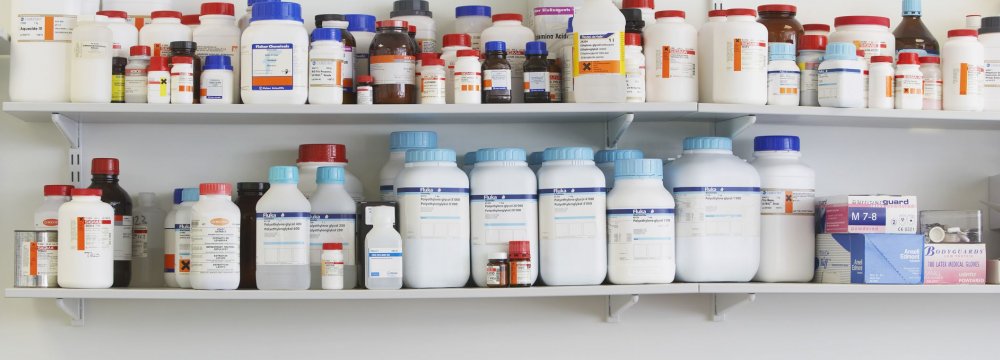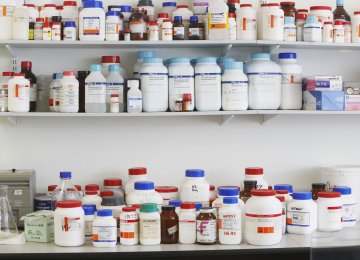Iran’s pharmaceutical industry is on a positive course and should not be impeded by financial constraints, said a member of the Iranian Association of Pharmacists.
Speaking at a press conference on the occasion of National Pharmacists’ Day (Aug. 27), Mehran Berahimi, called on the government to provide financial support for the drug sector along with private investments.
“The sector is in need of funding to improve the quality of products by using advanced technology,” he said, IRNA reported.
Berahimi’s call for more financial backing comes at a time when the pharmaceutical industry has come under strong criticism for selling drugs at inflated prices despite being heavily subsidized by the government.
He stressed that the quality of domestically-produced drugs is not lower than foreign brands and “In some cases locally-made dugs are even better.
“One cannot say that all foreign-made medicines are of high-quality. Indian and Chinese drugs are of much poorer quality for instance.”
Many doctors, however, tend to suggest foreign medicine to their patients. Berahimi encouraged the people to trust Iranian pharma companies and their products.
The difference between the prices of foreign and Iranian drugs is between 5% and 10%, according to the expert. This, according to market observers, in and of itself is an issue that does little to encourage Iranians to buy locally-made medicine.
“Around 97% of drugs sold in Iran are manufactured inside the country, while 50% of the ingredients are procured domestically,” he said, adding that Iranian pharmaceutical products score highly in terms of quality and compliance with global standards.
In spite of the progress, drugs for special diseases such as hemophilia are not produced in Iran because doing so is not economically feasible.
“These drugs have a small number of consumers,” he said.
In the last fiscal year (ended in March) the sector received 22 trillion rials ($573 million) in government subsidies.
Earlier this week, it was reported that subsidies allocated to the sector is not in fact used for the intended purpose because the drug companies are selling at high prices in the absence of proper supervision, rendering the subsidy irrelevant.
For instance, Suprefact, a brand name for Buserlin produced by French drug maker Sanofi, is sold for $21 in Iran while the domestic alternative is marketed at $12. By comparison, Suprefact is sold for only $9.3 in Turkey.
In other words, the domestically-manufactured injection is sold at a higher price compared to the retail price of the French drug in Turkey. The government has been paying subsidies to Iranian companies over and above the real price of the foreign drug. However, local pharmaceutical companies have been jacking up prices at will.






Add new comment
Read our comment policy before posting your viewpoints